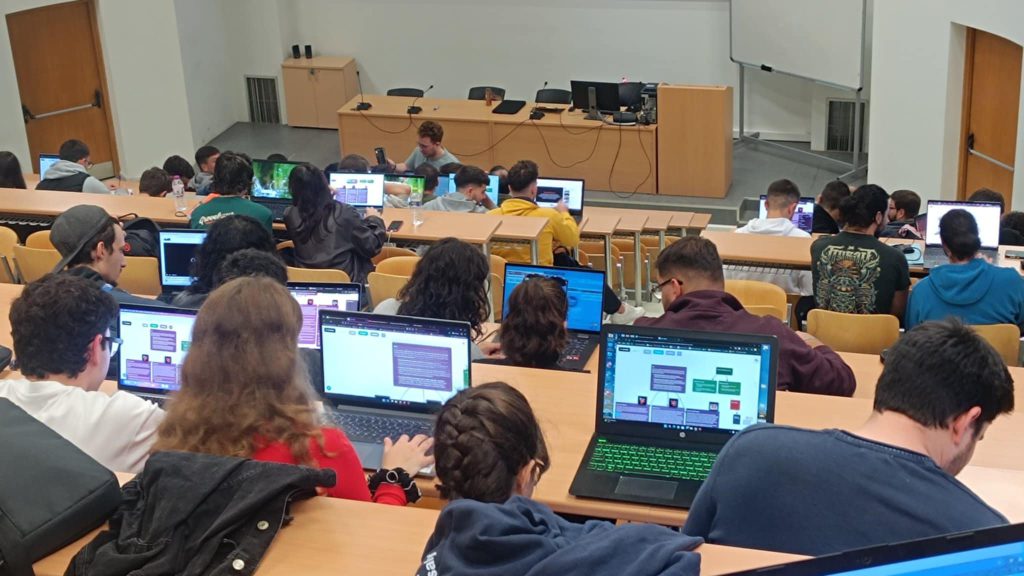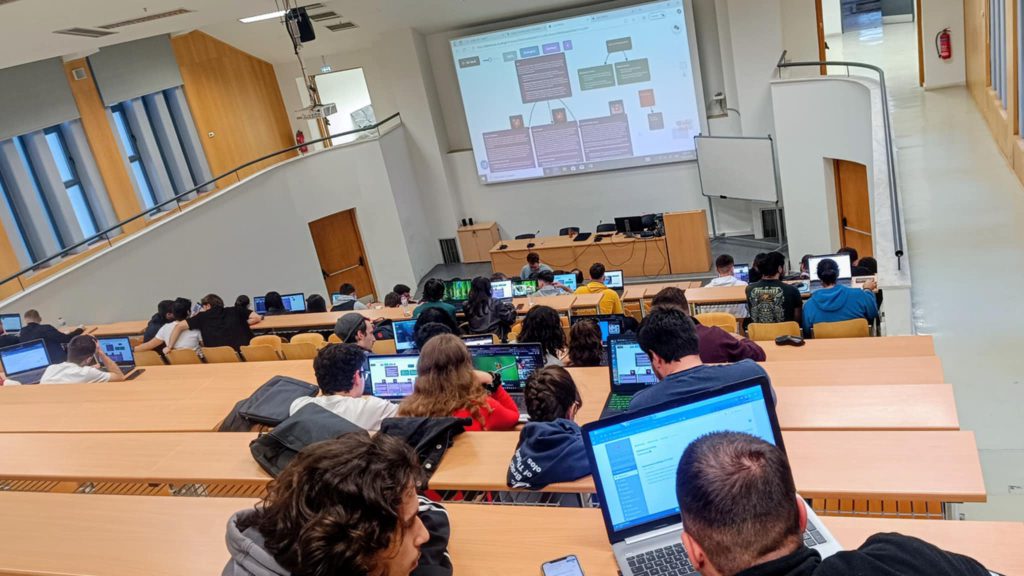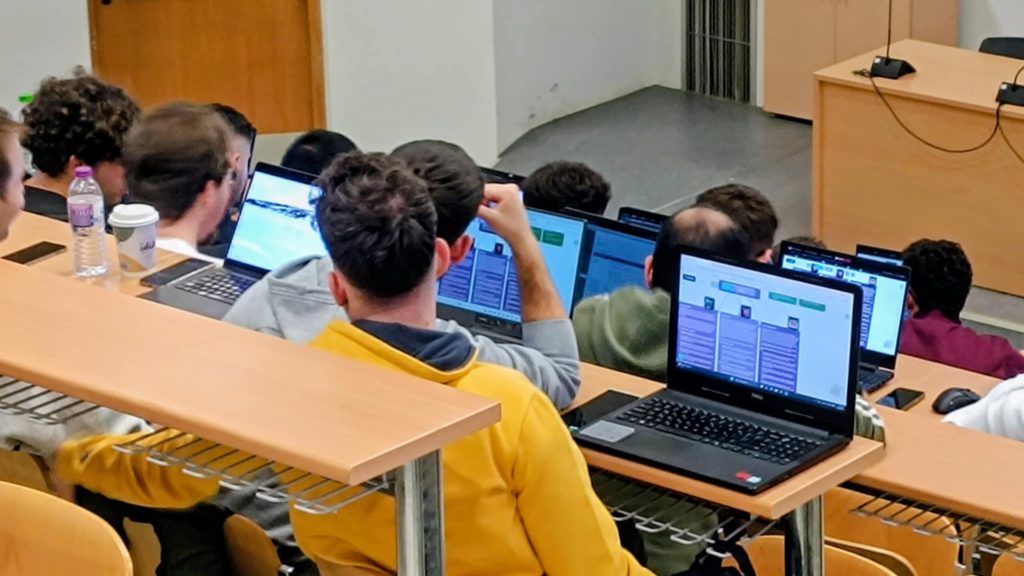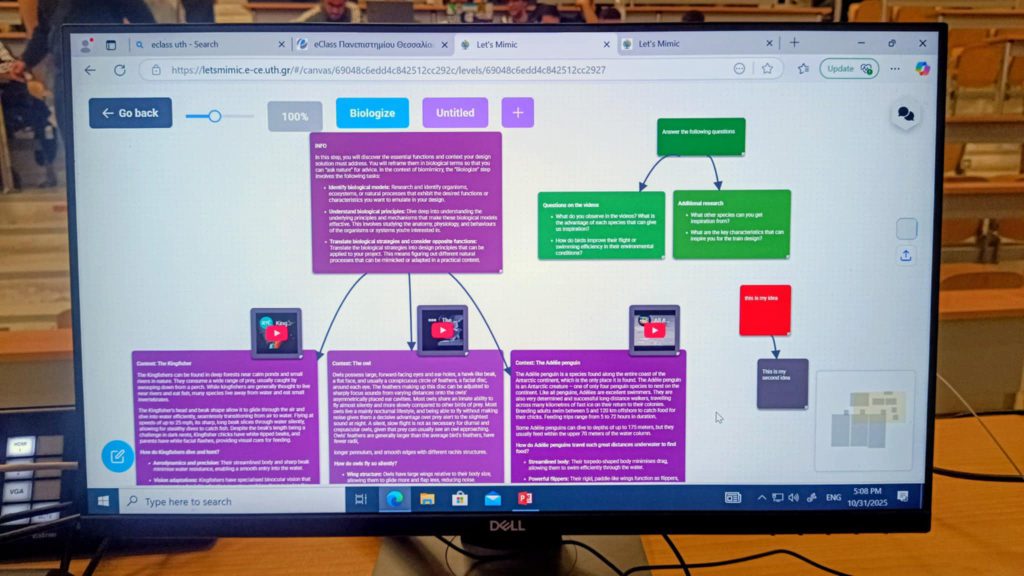
Rationale for selecting this context
The first pilot in Greece occurred at the Department of Electrical and Computer Engineering, University of Thessaly, in Volos, Greece, in the fall 2025-2026 academic semester in the context of course ECE553: Design Thinking, an elective in the 4th year of studies.

The Design Thinking course builds innovation capacity for young engineers. It develops competencies in designing solutions that better address user needs through empathy, observation, discovery, prototyping, and evaluation. The course was integrated into the DECE undergraduate studies program to develop design skills among young engineers, a necessary competence for today’s fast-moving world, where critical, analytical, and systems thinking are highly relevant and industry-demanded.

It offers a perfect context for piloting LET’s MIMIC educational design and and digital learning services. Its focus is on sustainability and innovation, which are both directly linked to project methodologies and outcomes.
Participants are undergraduate students enrolled in the fourth and fifthyears of the 5-year diploma program of DECE. As future Electrical and Computer Engineers, students need to develop a sound technical background as well as soft skills, such as analytical and critical thinking, entrepreneurial thinking, collaboration capacity, learning to learn, and more, that will empower them to adapt to the rapidly evolving digital economy throughout their careers. Over 130 students enrolled in the course in the fall 2025 academic semester and engaged in the pilot.
Activities

Students applied biomimicry concepts, steps, and approaches to develop solutions inspired by nature that help address modern sustainability challenges, such as reducing air pollution, addressing plastic pollution, supporting biodiversity, designing green cities, and mitigating natural disasters stemming from climate change.
Students worked collaboratively in teams within formal projects that contributed to the final student grade for the course. Student inquiry, collaboration, and solution synthesis will be guided through LET’s MIMIC resources, including the Self-Regulated Learning Kit, Training Modules, and the Biomimicry Digital Learning Platform.

Specifically, students engaged with the Bullet Train learning activity, which focuses on designing a more efficient high-speed train using inspiration from the Kingfisher bird, the owl, and the Adelie penguin. The activity is highly relevant to Electrical Engineering and thus of great value to participants. Students were asked to address two main challenges in train design: i) making the train more efficient through aerodynamic shapes and principles inspired by the Kingfisher and Adelie species, and ii) reducing noise through inspiration by the quiet flight of owls.
Students used the LET’s MIMIC digital learning platform to collaborate in teams and follow the biomimicry steps DEFINE, BIOLOGISE, DISCOVER, ABSTRACT, EMULATE, and EVALUATE, sharing their ideas in the platform.
